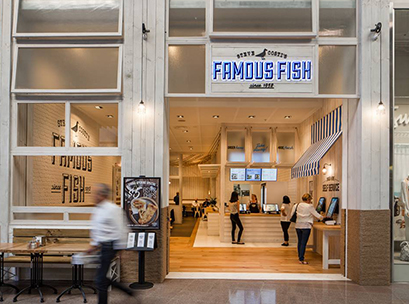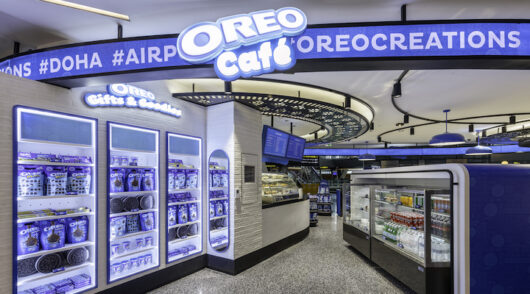 Since the start of retail and retailers, there have been great stores, average stores and loss making stores. You all know you’re going to have the bad ones; you just try to minimise the impact they have on the rest of the business. The biggest issue with loss making stores is the hidden cost associated with time and resources. It is this impact that has stifled retail growth and profitability more than any other, and in some cases caused the complete failure of what should have been a very successful retailer.
Since the start of retail and retailers, there have been great stores, average stores and loss making stores. You all know you’re going to have the bad ones; you just try to minimise the impact they have on the rest of the business. The biggest issue with loss making stores is the hidden cost associated with time and resources. It is this impact that has stifled retail growth and profitability more than any other, and in some cases caused the complete failure of what should have been a very successful retailer.
For the Business Development Company, the solution to exit these stores and cut the gangrene is clear. They have been using the services of GA Australia who almost solely focus on assisting retailers to free up cash by purchasing all the stock in the poor stores, allowing the retailer to fund the exit of these locations across the network. Managing director, Kevin Olson, launched this disposition strategy in Australia in 2011, and has worked with clients that include: Woolworths, Dick Smith, Allans Billy Hyde Music, Fletcher Jones, Super Retail Group, Borders Books, Mothercare and Wow Electronics. The specialised knowledge GA Australia has with valuing and monetising retail assets allow for enhanced realisation values and can free up financial and human resources.
Jon Sully, director of BDC, is only too aware of the massive impact of loss making stores. As a previous owner of Michel’s Patisserie Franchise Group, Jon experienced first-hand the financial burden of underperforming stores. “Prior to our sale we had roughly 360 stores, and of those, around 16 were company stores with a combined loss of approximately $20,000/week. It was expensive both in cash and time. If we had this option to close stores, the end financial gain would have been enormous”.
It is clear in this economic climate that our major landlords are taking a much more pragmatic approach to working with retailers to resolve these issues. It is important to remember in a perfect scenario for a shopping centre, all tenants are trading well and are filling the wants and needs of the community. If there are underperforming stores, then the traffic to the centre is not being maximised. Other tenants are not getting the chance to leverage off those customers, and therefore holding back the sales and performance of the centre.
As long as the retailer has a clear plan to jettison stores and gear up for future growth, the landlord will take the opportunity to re lease the site with a better performing retailer or usage, subsequently driving more traffic to the centre.
Vaughn McGuinness, BDC’s property director, has been implementing this shrink to grow strategy for several years with proven results. One of which is a national fashion retailer who, when they were first engaged, had 43 stores with a 23 per cent occupancy cost across the board. The business conducted a portfolio review and actioned the immediate closure of 16 stores. Some of these were at lease expiry, however most were midterm leases. As a result of this, the owner was able to fund the growth strategy and today has in excess of 80 stores with an average occupancy cost of 18 per cent. Another positive outcome that not only supports the retailer, but the success of the landlord as well.
Retail is an unforgiving industry, and will ultimately prove to be more difficult to succeed in, with customer shopping habits changing every day. This fact only amplifies the need to be sharper and more analytical with new site selection. It is imperative to constantly review your portfolio, eliminate loss making stores as quickly as possible, and minimise occupancy costs and entry prices. The retailer’s success is the landlord’s as well; they go hand in hand. Always have, always will.
For more information on shutting down loss making stores for a target cash neutral scenario, visit the BDC website.





